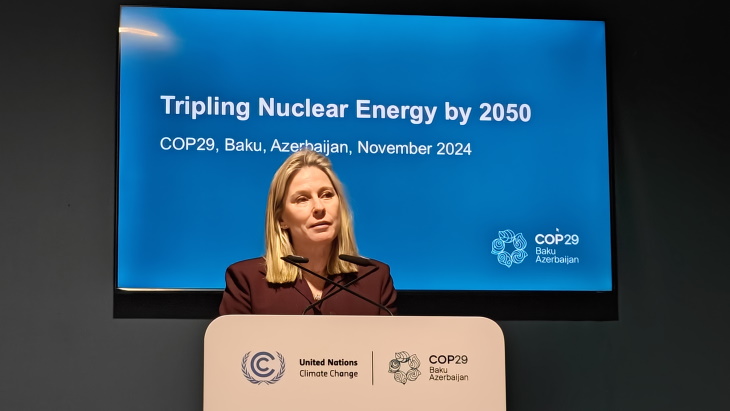INL demonstrates 'microgrid in a box'
.jpg)
INL showcased the Relocatable Resiliency Alternative Power Improvement Distribution Microgrid in a Box, also known as RAPID MIB, at a rural hydropower plant at Fall River in Idaho, with a demonstration of how it can be used to restore the grid after a simulated electrical grid blackout in a process called a 'blackstart'. A blackstart refers to the process of restarting and energising power generation units, transmission lines and distribution systems to restore electricity supply after a blackout or widespread power disruption.
"Restarting a grid isn't as simple as flipping a switch," said Kurt Myers, INL's Energy and Grid Systems Integration group lead. "It requires a steady power input that many small utilities alone can't provide." The technology built into the MIB can work alongside existing capabilities to enable communities with limited resources to recover and continue to function during an emergency, he explained.
INL's mobile microgrid system uses inverters and battery storage to coordinate the distribution of electricity for a small village, military base, or, in the event of a disaster, a hospital, transportation depot, or other critical infrastructure building. Although the system was demonstrated at a hydropower plant, it has the flexibility to manage and coordinate electricity generation from any number of sources including solar panels, wind turbines, SMRs, and diesel generators.
.jpg)
The Fall River hydropower plant: the demonstration showed how the advanced controls of the mobile microgrid can enable small communities to use such resources to maintain critical services during emergencies (Image: INL)
The technologies showcased at Fall River, sponsored by the US Department of Energy's (DOE) Water Power Technologies Office, demonstrate how communities with similar resources can maintain critical services during blackout emergencies.
An early version of the system has already been deployed for military use in Kuwait, integrating battery and solar energy allowing the US Army Central Command there to eliminate the need to rely solely on diesel generators.
The DOE is developing MARVEL - a sodium-potassium cooled microreactor that will generate 100 kW of power - to help researchers and end-users understand how microreactors can integrate with other technologies. The department has previously said that MARVEL, which will be built inside the Transient Reactor Test facility at INL, will be connected to the world's first nuclear microgrid by 2024.



_53540.jpg)









